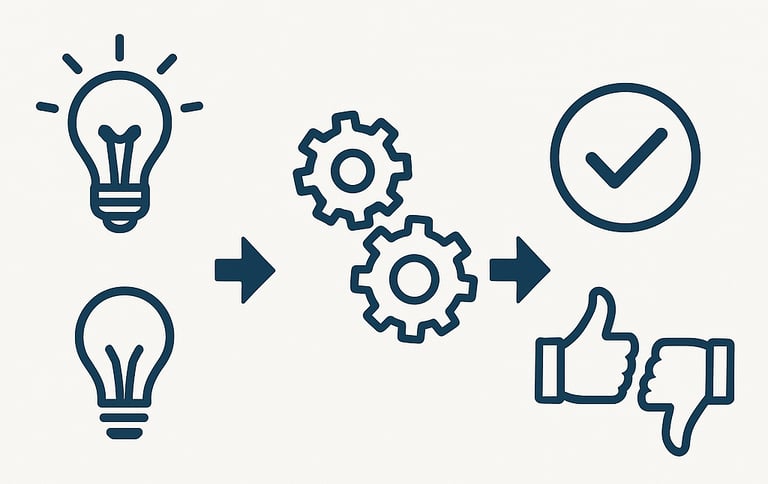Leveraging a Proof of Concept to Your Advantage
Before committing to a full-scale implementation, a proof of concept (PoC) helps validate a solution, reduce risk, and build stakeholder confidence. In this post, Thomas Growth Advisors explores the key benefits of investing in a PoC.
Aaron Thomas
6/30/20251 min read


When selecting a new system often times the core solution will accomplish 80% of what you need. The last 20% you will either live with the deficiency or invest in a customization to meet your requirements. If you chose the customization route, which I recommend you do for efficiency reasons, you should engage in a proof-of-concept (PoC) before buying the solution.
A PoC is a small project where the vendor demonstrates what the solution will look like in its final version. It is preferable if you can see some of your own data in the solution. You generally must pay for the proof-of-concept because the vendor has to spend time to customize something specifically for you. This cost should be proportional to the gap being filled.
For example, if the customization will fill a 20% gap in the solution, and the solution is $20,000, you should anticipate spending $4,000. “That’s expensive!” No, what is expensive is spending $20,000 on a solution that doesn’t meet your requirements. Worse yet is a promise to customize a solution which costs twice as much or is never delivered.
If the PoC costs more than gap being filled, it could mean that gap is more than what was originally anticipated. In which case, you may want to evaluate if you have the right core solution.
If a successful PoC is delivered there is more confidence in the final cost. The PoC should also be reflected in the price of the solution, as it is a downpayment.
Investing in a PoC reduces risk by ensuring a more predictable implementation timeline a makes costs more certain. Leverage the PoC to your advantage when selecting and implementing new systems.